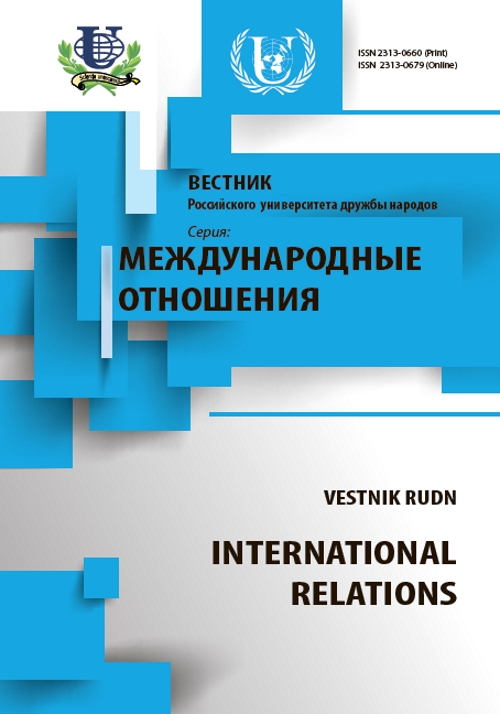Russian and Chinese Policies of Soft Power in the Central Asia (the Case of Kazakhstan)
- Authors: Wang G.1, Zhuravleva EV2
-
Affiliations:
- Shandong University
- Peoples' Friendship University of Russia
- Issue: No 1 (2015): East Asia: the rise of the PRC, development cooperation, partnership with the Russian Federation
- Pages: 60-69
- Section: Articles
- URL: https://journals.rudn.ru/international-relations/article/view/10370
Cite item
Full Text
Abstract
The policy of “soft power” has lost some of its power in the Russian foreign policy, but continues to dominate in the minds of researchers. There are a lot of scientific and journalistic articles on this subject. The notion has already become a kind of trend, not only in the field of international relations and in the field of political science. The key criterion for determining the impact of “soft power” is “attraction”, that is how the subject can woo the object in order to have some influence on it. Both Russia and China have a set of instruments of “soft power”, which in varying degrees, allow them to influence the objects, including the countries of Central Asia, especially Kazakhstan. Due to the fact that the KR unofficially became the leader of the region, its example can be most clearly trace the desire of Russia and China to become the most attractive partner for Kazakhstan. The study is based on the Comparative Approach, which allows not only to identify the characteristics of the “soft power” of Russia and China, but to compare their effectiveness. The activities of the two countries is analyzed through the prism of tools used in the region of “soft power”, including investment, educational, scientific and cultural programs.
About the authors
Guangzhen Wang
Shandong University
Email: sdwang66@163.com
Institute of History and Culture
E V Zhuravleva
Peoples' Friendship University of Russia
Email: janykabanova@gmail.com
Department of Theory and History of International Relations
References











